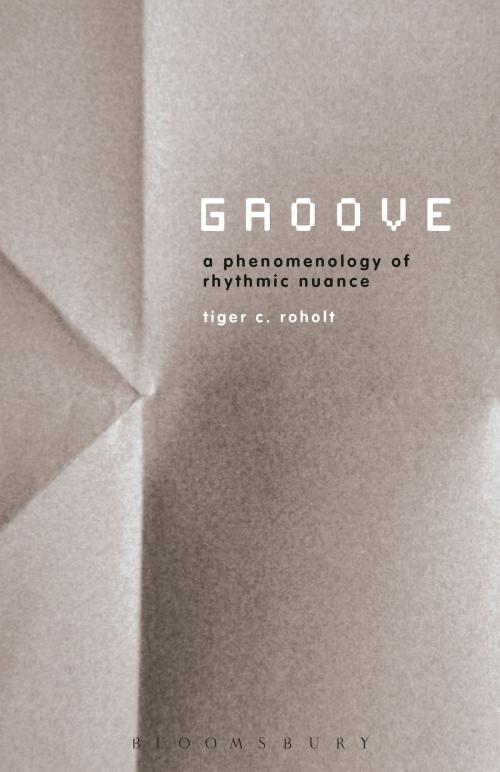Groove
A Phenomenology of Rhythmic Nuance
Nonfiction, Religion & Spirituality, Philosophy, Aesthetics, Entertainment, Music, Theory & Criticism, History & Criticism, Reference| Author: | Assistant Professor Tiger C. Roholt | ISBN: | 9781441101389 |
| Publisher: | Bloomsbury Publishing | Publication: | September 25, 2014 |
| Imprint: | Bloomsbury Academic | Language: | English |
| Author: | Assistant Professor Tiger C. Roholt |
| ISBN: | 9781441101389 |
| Publisher: | Bloomsbury Publishing |
| Publication: | September 25, 2014 |
| Imprint: | Bloomsbury Academic |
| Language: | English |
Written by an experienced drummer and philosopher, Groove is a vivid and exciting study of one of music's most central and relatively unexplored aspects. Tiger C. Roholt explains why grooves, which are forged in music's rhythmic nuances, remain hidden to some listeners. He argues that grooves are not graspable through the intellect nor through mere listening; rather, grooves are disclosed through our bodily engagement with music. We grasp a groove bodily by moving with music's pulsations. By invoking the French philosopher Maurice Merleau-Ponty's notion of "motor intentionality," Roholt shows that the "feel" of a groove, and the understanding of it, are two sides of a coin: to "get" a groove just is to comprehend it bodily and to feel that embodied comprehension.
Written by an experienced drummer and philosopher, Groove is a vivid and exciting study of one of music's most central and relatively unexplored aspects. Tiger C. Roholt explains why grooves, which are forged in music's rhythmic nuances, remain hidden to some listeners. He argues that grooves are not graspable through the intellect nor through mere listening; rather, grooves are disclosed through our bodily engagement with music. We grasp a groove bodily by moving with music's pulsations. By invoking the French philosopher Maurice Merleau-Ponty's notion of "motor intentionality," Roholt shows that the "feel" of a groove, and the understanding of it, are two sides of a coin: to "get" a groove just is to comprehend it bodily and to feel that embodied comprehension.















